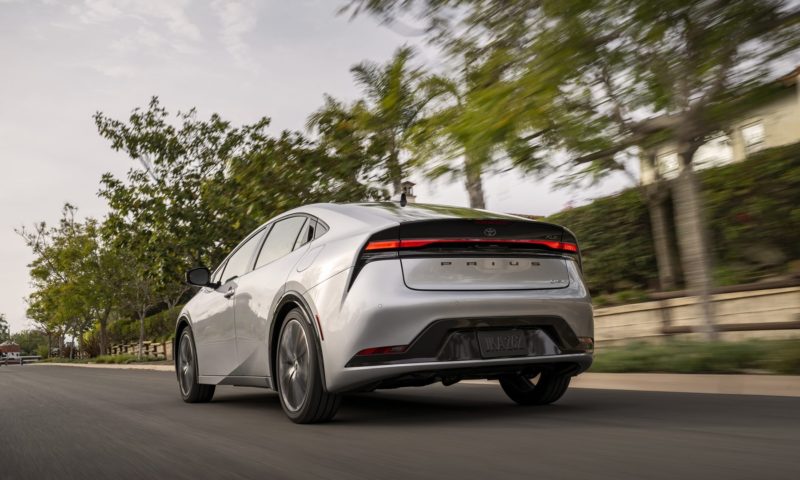Sweet deal: Tribe buys Fife candy company
AMES International Inc., a candymaker based in Fife, has been acquired by the Puyallup Tribe in a move described as benefitting the bottom lines of both entities.
Owning the company expands the tribe’s business ventures “into a $2 billion dollar functional confectionary industry and helps keep a local company in business” while also giving more employment opportunities to tribal members, the Puyallup Tribal Council, the tribe’s governing body, said in a formal statement.
AMES was founded more than 35 years by George Paulose, a Federal Way resident, and is perhaps best-known for its product line Emily’s Chocolates and Nuts, named after one of Paulose’s daughters.
In recent years, the company expanded into new retail channels and geographic markets. AMES also makes and sells gourmet tea and is one of the largest nut roasters on the U.S. west coast.
The tribe’s purchase of AMES through its economic development wing, Puyallup Tribal Enterprises, further diversifies the tribe’s revenue streams, and its financial investment in the company will allow Ames to continue expanding, tribe officials said. They added the acquisition, which is the tribe’s first manufacturing venture, combines AMES’ manufacturing experience with the operational and strategic advantages offered by the tribe.

